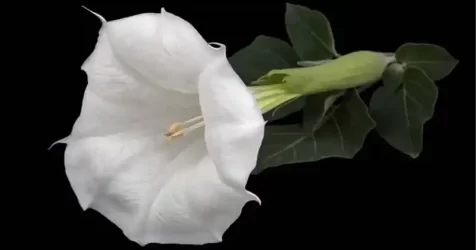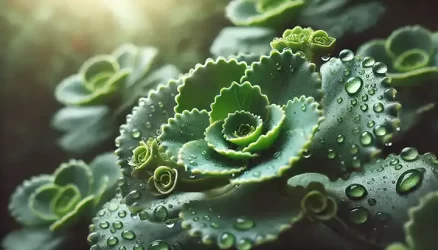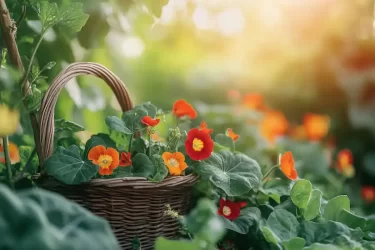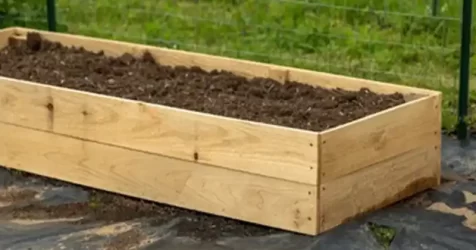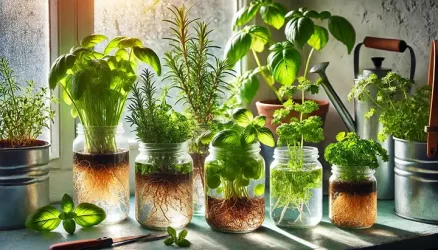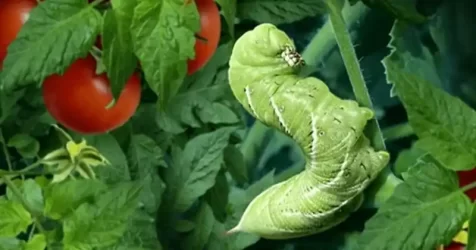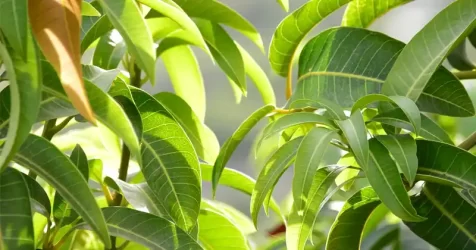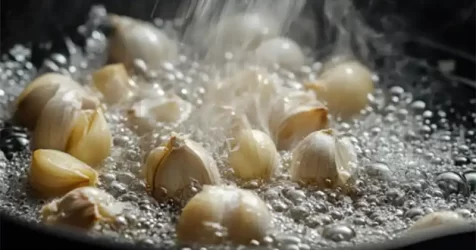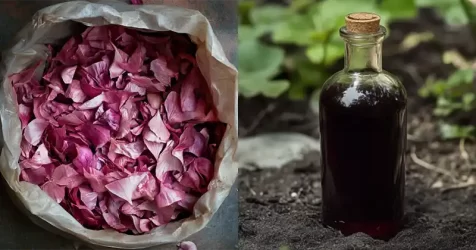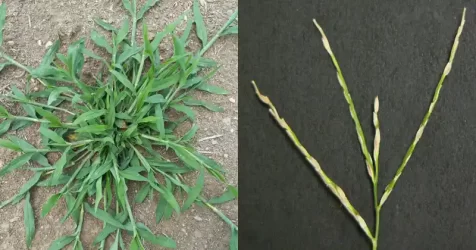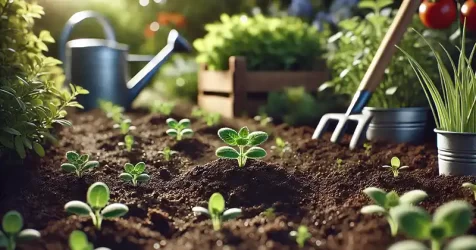Embracing Purslane: Turning Garden Weeds into Valuable Allies and Delightful Dishes
Weeds are often seen as unwelcome guests in the garden, competitors for resources that our cultivated plants could otherwise enjoy. However, not all weeds deserve this negative reputation. In fact, some, like purslane (Portulaca oleracea), can be incredibly beneficial for your vegetable garden and kitchen. This article will explore how to make use of purslane, a common weed, to enhance both your garden’s health and your dining table.

Understanding Purslane
Purslane is a succulent weed known for its resilience and nutritional value. It thrives in poor soil and hot, dry conditions, making it a common sight in vegetable gardens. What many don’t realize is that purslane is rich in omega-3 fatty acids, vitamins (A, C, and E), and minerals (magnesium, calcium, potassium, and iron). Its crunchy, lemony leaves can be a delicious addition to salads, soups, and stews.
Benefits of Purslane in the Garden
1. Soil Improvement:
Purslane’s deep roots break up hard soil, improving aeration and water infiltration. This can be beneficial for neighboring plants with shallower root systems.
2. Moisture Retention:
Its succulent leaves and stems help retain soil moisture, providing a microclimate that can assist in the growth of more water-sensitive plants.
3. Companion Planting:
Purslane can act as a living mulch, shading the soil and suppressing the growth of more harmful weeds. It can coexist with many vegetable plants without competing aggressively for nutrients.

How to Incorporate Purslane in Your Garden
Step 1: Identification and Harvesting
- First, correctly identify purslane to ensure it’s not confused with similar-looking, potentially harmful plants.
- Harvest purslane early in the morning when its moisture content is highest. This is also the best time to collect leaves for culinary use.
Step 2: Managing Growth
- Although beneficial, purslane can spread quickly. Regularly harvesting or trimming will keep it under control.
- Allow some plants to grow among your vegetables where they won’t overshadow them, but remove any that compete directly with your crops.
Step 3: Use as Green Manure
- Purslane can be turned into the soil as green manure at the end of the season. Its decomposition enriches the soil with organic matter and nutrients.
Incorporating Purslane in Your Diet

Purslane Salad Recipe
Ingredients:
- 1 cup fresh purslane leaves
- ½ cup diced tomatoes
- ½ cup diced cucumbers
- ¼ cup chopped red onions
- 2 tablespoons olive oil
- 1 tablespoon lemon juice
- Salt and pepper to taste
Instructions:
- Prepare the Purslane: Wash the purslane leaves thoroughly and pat them dry.
- Combine Ingredients: In a large bowl, mix the purslane with tomatoes, cucumbers, and red onions.
- Dress the Salad: Add olive oil and lemon juice to the salad. Toss well to coat all the ingredients evenly.
- Season: Add salt and pepper to taste. Serve immediately for the freshest flavor.
Purslane is a prime example of how what is considered a weed can be reevaluated as a beneficial plant in both the garden and kitchen. By understanding and utilizing plants like purslane, gardeners can promote biodiversity, improve soil health, and discover new flavors for their meals.

This approach to gardening encourages us to see the value in all plants, not just those we intentionally cultivate, leading to a more sustainable and harmonious relationship with our environment.
